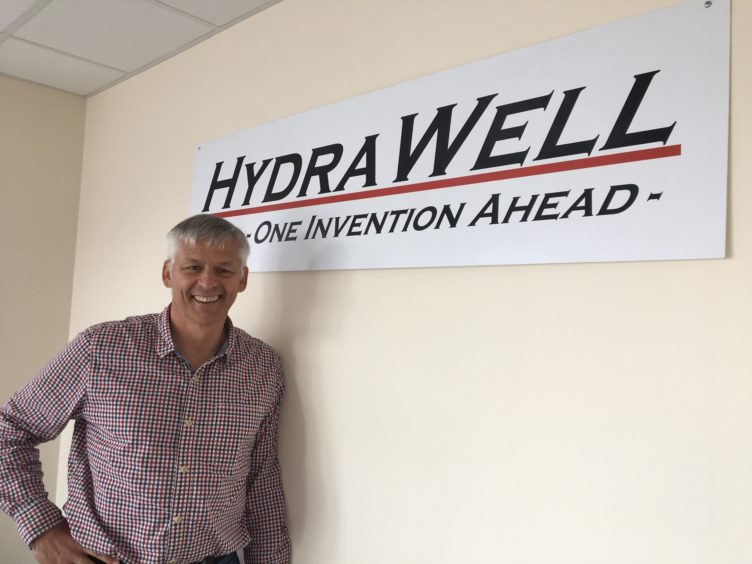
Norway-based well integrity specialist company HydraWell has set its sights on growth by joining forces with a like-minded business.
HydraWell has teamed up with fellow Norway company Exedra to marry technology and capabilities to bring to the table a dynamic new solution for the well abandonment and side-tracking markets. Initial focus will lie on the Norwegian market where the emphasis will be on assisting operators to use novel methods of abandonment to access cost reductions while reducing the overall risk of leaks from abandoned wells. The solution will also be available globally thanks to HydraWell’s existing service network.
The alliance sees HydraWell bring its knowledge of downhole operations to the design of deployment equipment and operational methodology and will be the delivery contractor delivering this service alongside their existing suite of capabilities. Meanwhile, Exedra has developed a method for testing barrier integrity by releasing a dose of pressurised tracer gas (Helium) beneath a barrier once it is installed and cured, and then monitoring for traces of this element above the barrier. The method is flexible, fast and gives an unambiguous result, enabling operators to select flexible, cost effective, safe solutions. Piloting and testing will take place in the Ullrigg test facility at NORCE with support from Equinor and another major global Operator.
Commenting on the relationships, Tom Leeson, HydraWell’s Chief Commercial Officer said: “By pooling our knowledge and resources in this way, we will be able to tap into new markets as well as broadening our offering to existing clients. As the industry continues to seek a wider range of cost-saving solutions, we are confident that this new option will prove to be an attractive proposition both in Norway and in other international markets.”
Bernt Pedersen, CEO of Exedra added: “Verification of permanent isolation barriers is an integral part of well abandonment. Pressure testing is often constrained by the strength and characteristics of exposed formations, particularly when multiple annuli are incorporated into the barrier. Alternatives often rely on indicative measurements such as cement bond and cement quality logs, or evaluations of possible creeping shale, which are open to interpretation. This new approach takes away that margin for doubt and gives solid results which can be used to form future decisions.”
Tormod Fossdal, discipline lead for P&A in Equinor said: “This technology has the potential for us, and other operators, to select more cost-effective plugging solutions, while at the same time reducing the risk of leaks from permanently plugged wells.’’
Recommended for you
